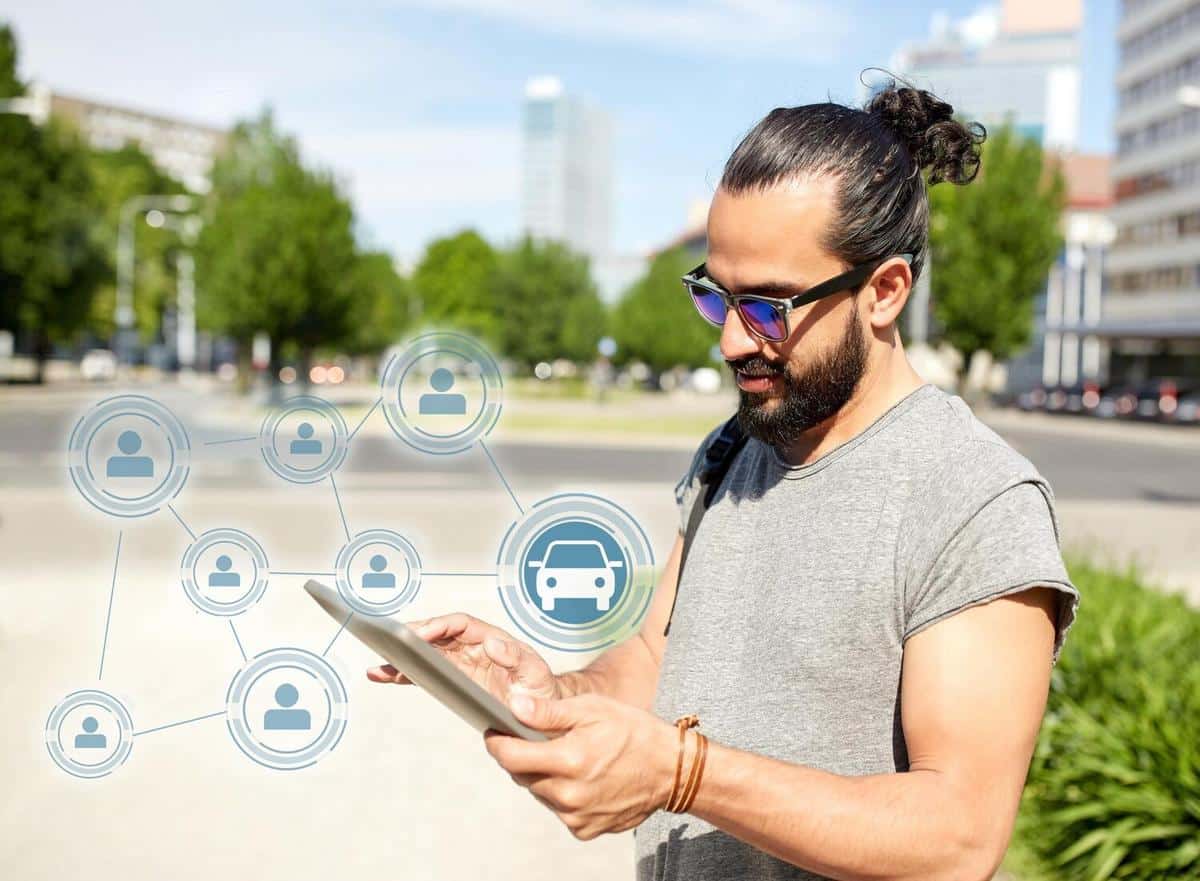
A Guide to Understanding Your Car’s Warning Lights
When your car’s dashboard lights up with a mysterious symbol, it’s often an indication that something requires your attention. Understanding these warning lights can be the key to maintaining your vehicle’s health and ensuring your safety on the road.
Understanding Car Warning Lights
Modern vehicles are equipped with a complex system of sensors and warning lights designed to keep you informed about your car’s health. These lights are your vehicle’s way of communicating issues that need attention. Ignoring them can result in severe damage or even compromise your safety.
Common Warning Lights and Their Meanings
| Warning Light | Meaning |
|---|---|
| Check Engine Light | Indicates an issue with the engine or emissions system. |
| Oil Pressure Light | Alerts low oil level or pressure, which can damage the engine. |
| Brake Warning Light | Signifies a problem with the braking system. |
| Battery Alert | Signals an issue with the charging system. |
| Coolant Temperature Light | Indicates the engine is overheating. |
| ABS Light | Refers to a problem with the anti-lock braking system. |
| Airbag Warning | Suggests a fault in the airbag system. |
| Tire Pressure Monitor | Warns of low tire pressure or a flat tire. |
Expert Insights
Automotive expert Chris Fix advises, “Addressing warning lights promptly can prevent small issues from becoming costly repairs.” This insight underscores the importance of not ignoring these alerts.
Statistics on Ignoring Warning Lights
According to a survey by AAA, nearly 35% of drivers admit to ignoring the check engine light for more than a week. This habit can lead to more significant vehicle problems and higher repair costs.
A Personal Anecdote
A friend of mine, Mike, once ignored his brake warning light for a month. Eventually, his brakes failed while driving, leading to a costly repair bill and a harrowing experience. This story highlights the importance of paying attention to these signals.
Actionable Tips for Responding to Warning Lights
- Don’t Ignore: Always address warning lights promptly.
- Consult the Manual: Your vehicle’s manual can provide guidance on what each warning light means.
- Seek Professional Help: If unsure, consult a mechanic to diagnose the issue.
- Regular Maintenance: Keep up with regular maintenance to prevent warning lights from appearing.
Frequently Asked Questions
What should I do if the check engine light comes on?
Check the gas cap first, as a loose cap can trigger the light. If the light remains on, consult a mechanic.
Is it safe to drive with a warning light on?
It depends on the light. While some lights like the gas cap warning are less urgent, others like the brake or oil pressure lights should be addressed immediately.
Understanding your car’s warning lights is crucial for maintaining its performance and ensuring your safety. By responding promptly and consulting professionals, you can keep your vehicle running smoothly and avoid costly repairs. Stay informed and proactive about your vehicle’s health for a safer driving experience.

